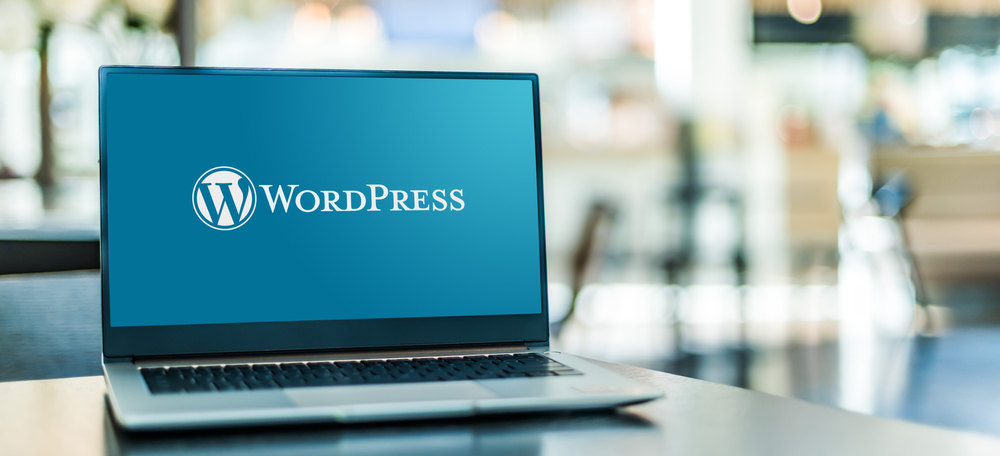
Mastering WordPress: Top Tips for Customization and Maintenance

WordPress (the platform for bloggers) is undoubtedly one of the most popular and versatile content management systems available today. With its endless customization options and user-friendly interface, WordPress (WP) has become the go-to platform for individuals and businesses looking to establish a strong online presence. Whether you're a beginner or an experienced user, here are some top tips for mastering WordPress (the blogging platform) customization and maintenance.
1. Choose the Right Theme
One of the first steps in customizing your WordPress site is selecting the right theme. WordPress (or WP) offers a vast library of themes that cater to different industries and purposes. When choosing a theme, consider the aesthetic appeal, functionality, and responsiveness across different devices. It's also essential to pick a theme that is regularly updated and well-supported to ensure compatibility with future WordPress versions.
When customizing your theme, avoid making direct changes to the core theme files. Instead, create a child theme to override the parent theme's files. This way, you can easily update the parent theme without losing your customization.
2. Utilize Plugins Wisely
WordPress's plugin ecosystem is one of its biggest strengths. Plugins extend the functionality of your site, allowing you to add features and enhance user experience without complex coding. However, it's crucial to use plugins wisely to avoid security vulnerabilities and conflicts.
Before installing a plugin, read reviews, check its compatibility with your version of WordPress, and ensure regular updates. Limit the number of plugins used to avoid impacting site performance and causing conflicts between different plugins. Regularly review and remove any unused or outdated plugins to maintain a lean and secure website.
3. Customize with Widgets
Widgets are a powerful tool in WordPress that allows you to easily customize your site's sidebar, footer, and other widget-ready areas. Through the Appearance menu, select Widgets to access a range of pre-built widgets that can display various content, such as search bars, social media feeds, and recent posts.
To further enhance customization, you can use plugins that provide additional widgets or create your own custom widgets. With widgets, you can personalize the layout and functionality of your site without diving into complex coding.
4. Optimize for SEO
Search Engine Optimization (SEO) is crucial for increasing visibility and driving organic traffic to your WordPress website. WordPress makes it easy to optimize your site for search engines through plugins like Yoast SEO and All in One SEO Pack.
Start by selecting a focus keyword for each page or post and optimizing its content accordingly. Use headings, meta descriptions, alt tags for images, and other SEO best practices to improve your site's ranking on search engine results pages. Regularly update your site with fresh and relevant content to attract search engine crawlers and engage your audience.
5. Regularly Backup Your Site
Regular backups are essential for any website, especially when many customizations have been made. A backup ensures that you can quickly restore your site if anything goes wrong or in the event of a security breach. Fortunately, WordPress offers several plugins that automate the backup process.
Choose a reputable backup plugin and configure it to perform regular backups of your site's files and database. Store the backups on different servers or cloud storage for added security. Remember to test your backups periodically to ensure they are properly functioning and can be restored if needed.
Frequently Asked Questions
A: WordPress offers a wide range of themes that you can install and customize to change the appearance of your site. You can also use widgets and plugins to add additional functionality and customize specific areas of your site.
A: It's advisable to limit the number of plugins you use on your WordPress site to avoid potential conflicts and ensure optimal performance. Only install plugins that are necessary for your site's functionality and regularly review and remove any unused or outdated plugins.
A: Yes, WordPress provides various customization options that do not require extensive coding knowledge. You can customize your site using themes, widgets, and plugins that offer easy-to-use interfaces and visual editors.
A: To improve your WordPress site's speed, start by choosing a lightweight and well-coded theme. Optimize images, use caching plugins, enable browser caching, and leverage content delivery networks (CDNs) to reduce load times. Compress and minify CSS and JavaScript files to further improve performance.
A: It's crucial to regularly update WordPress and its plugins to ensure compatibility, security, and access to the latest features. Set up automatic updates whenever possible and perform manual updates when notified of new versions. Before updating, ensure you have a recent backup of your site.
By following these top tips for customizing and maintaining your WordPress site, you can elevate your online presence, provide a better user experience, and ensure the security and performance of your website.
Other useful resources
- https://www.wordpress24plus.com/topics/wordpress-tips-and-tricks/
- https://www.wordpress24plus.com/services/wordpress-developer/